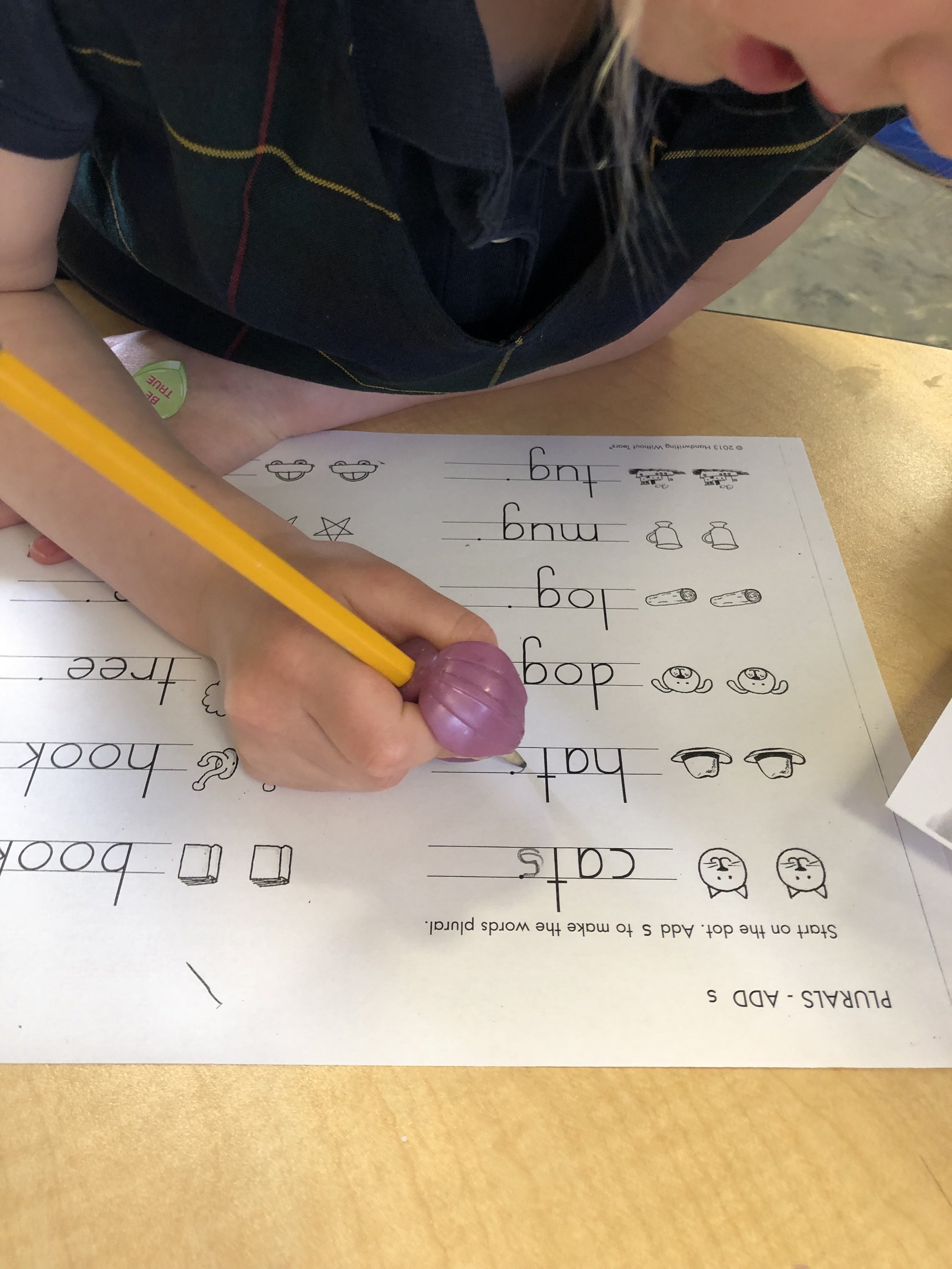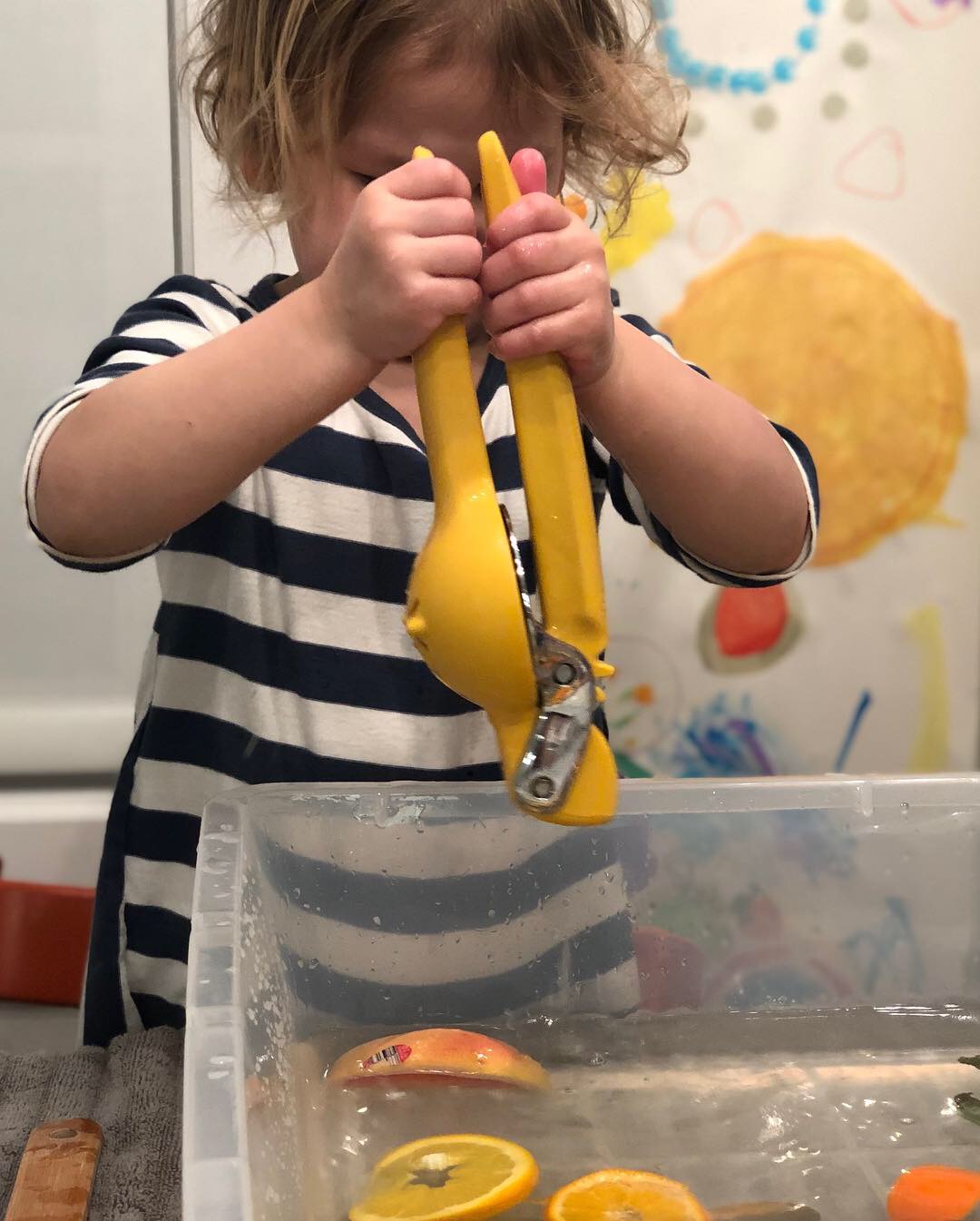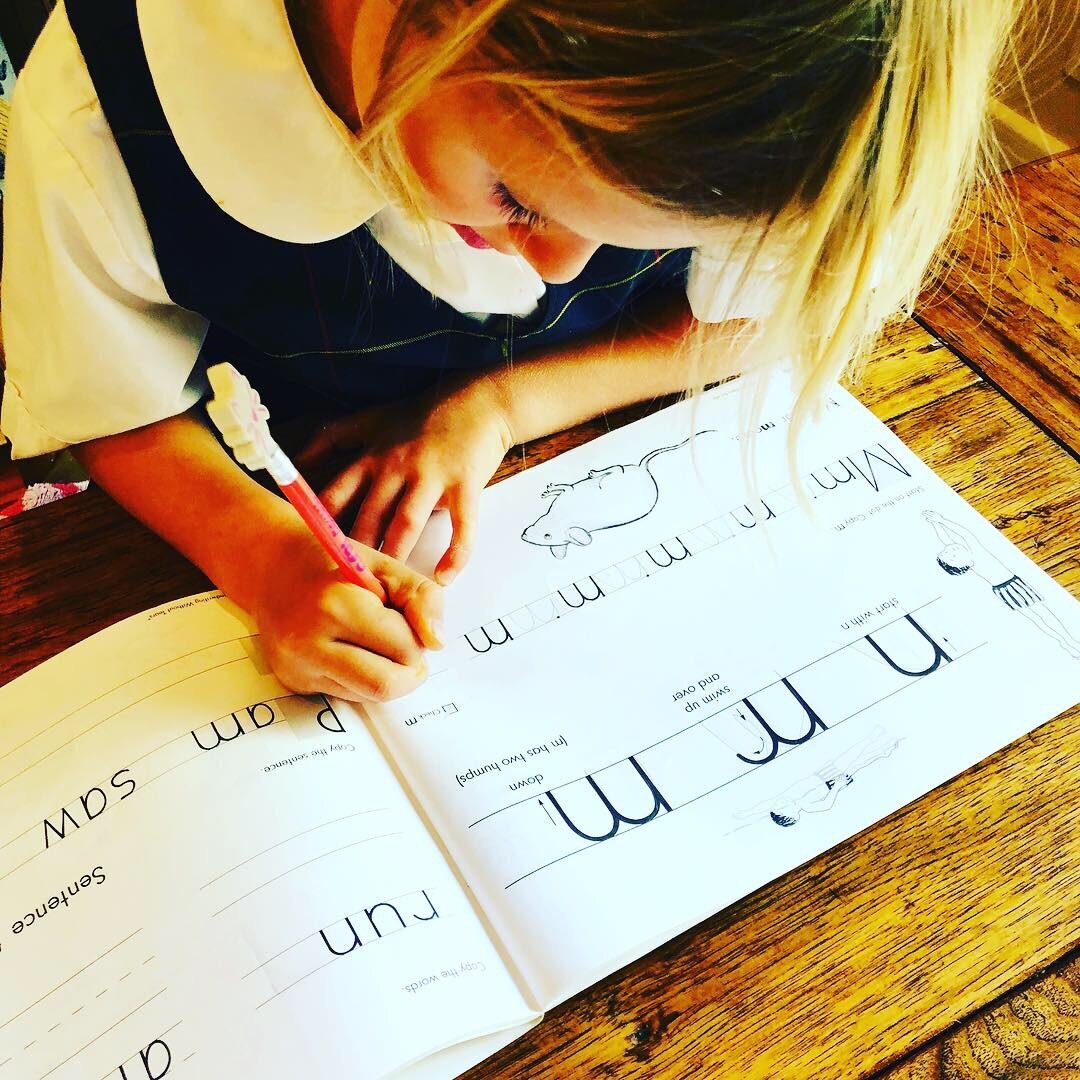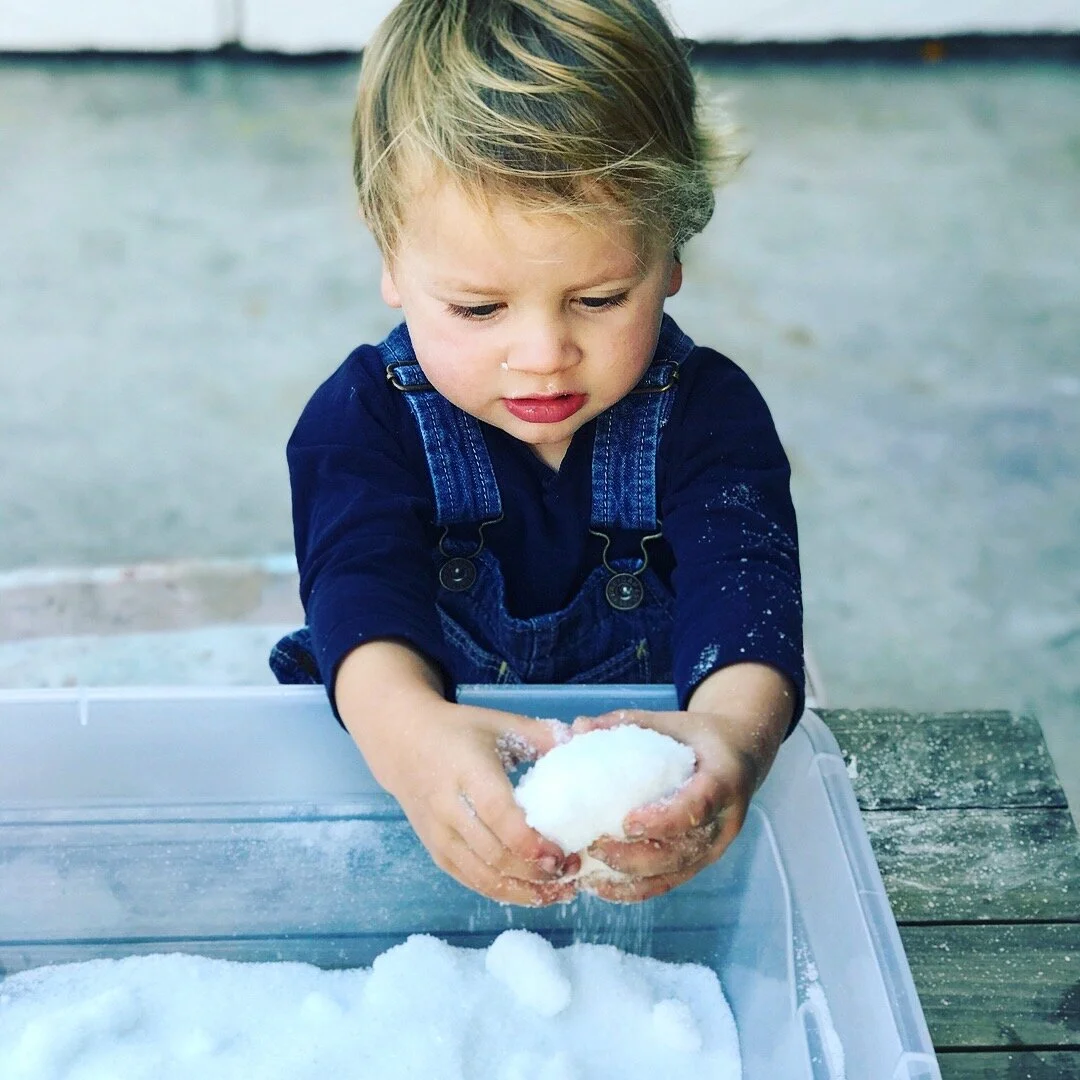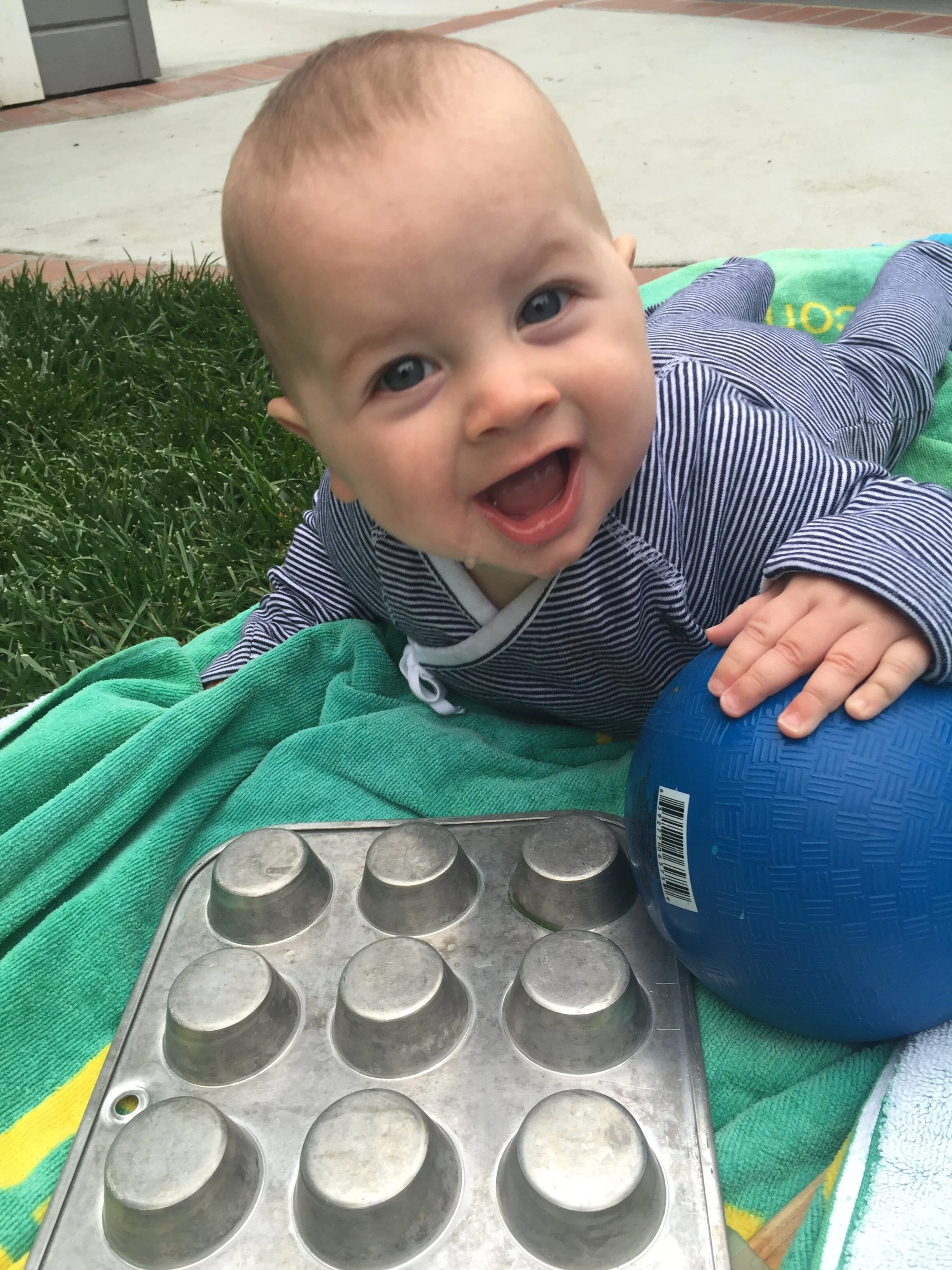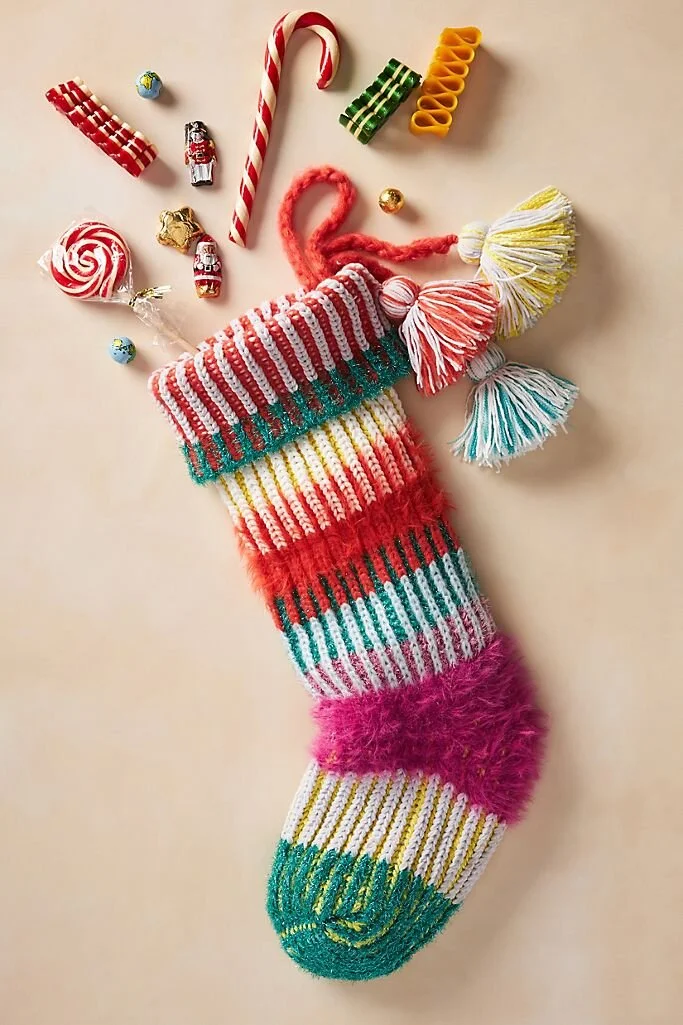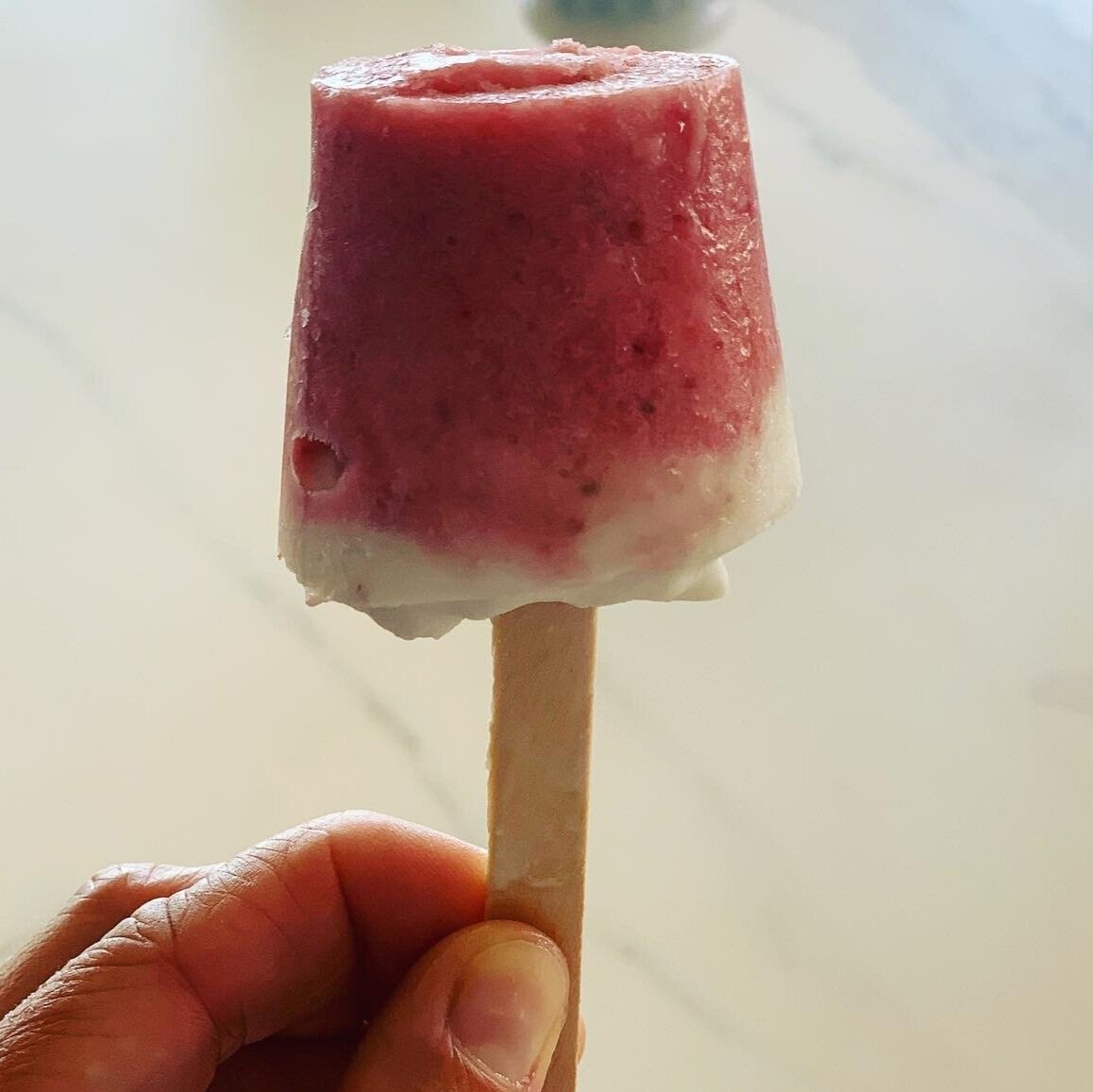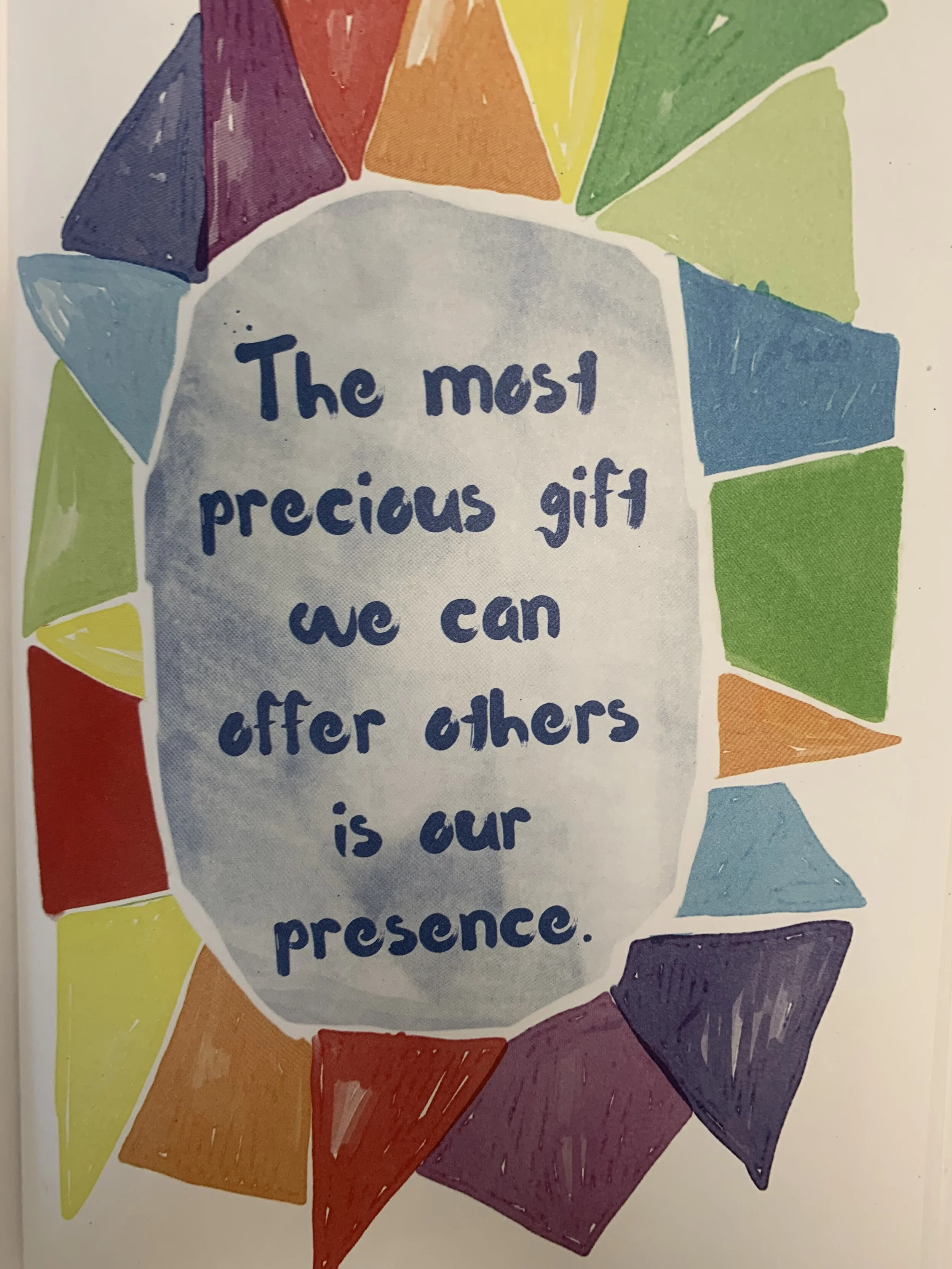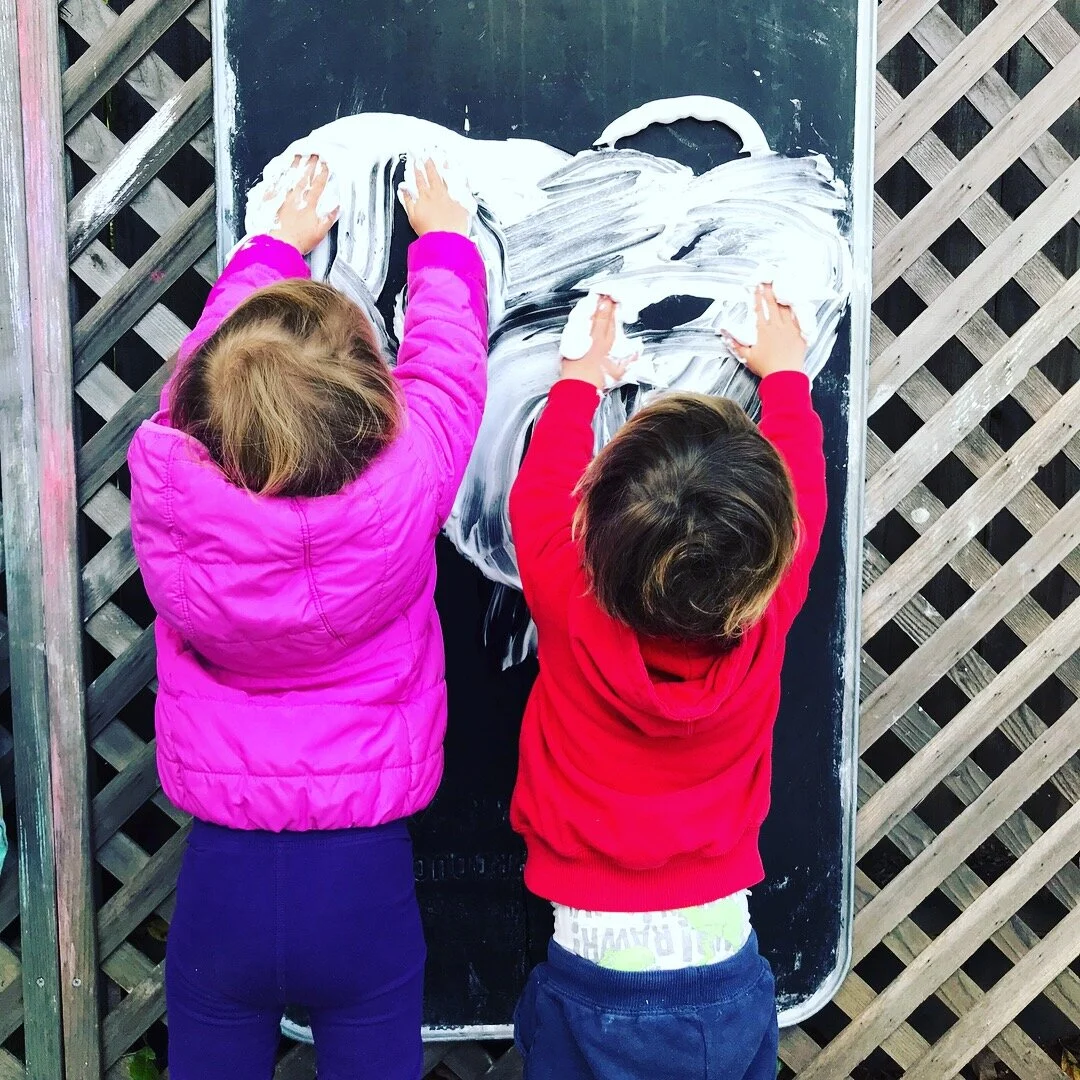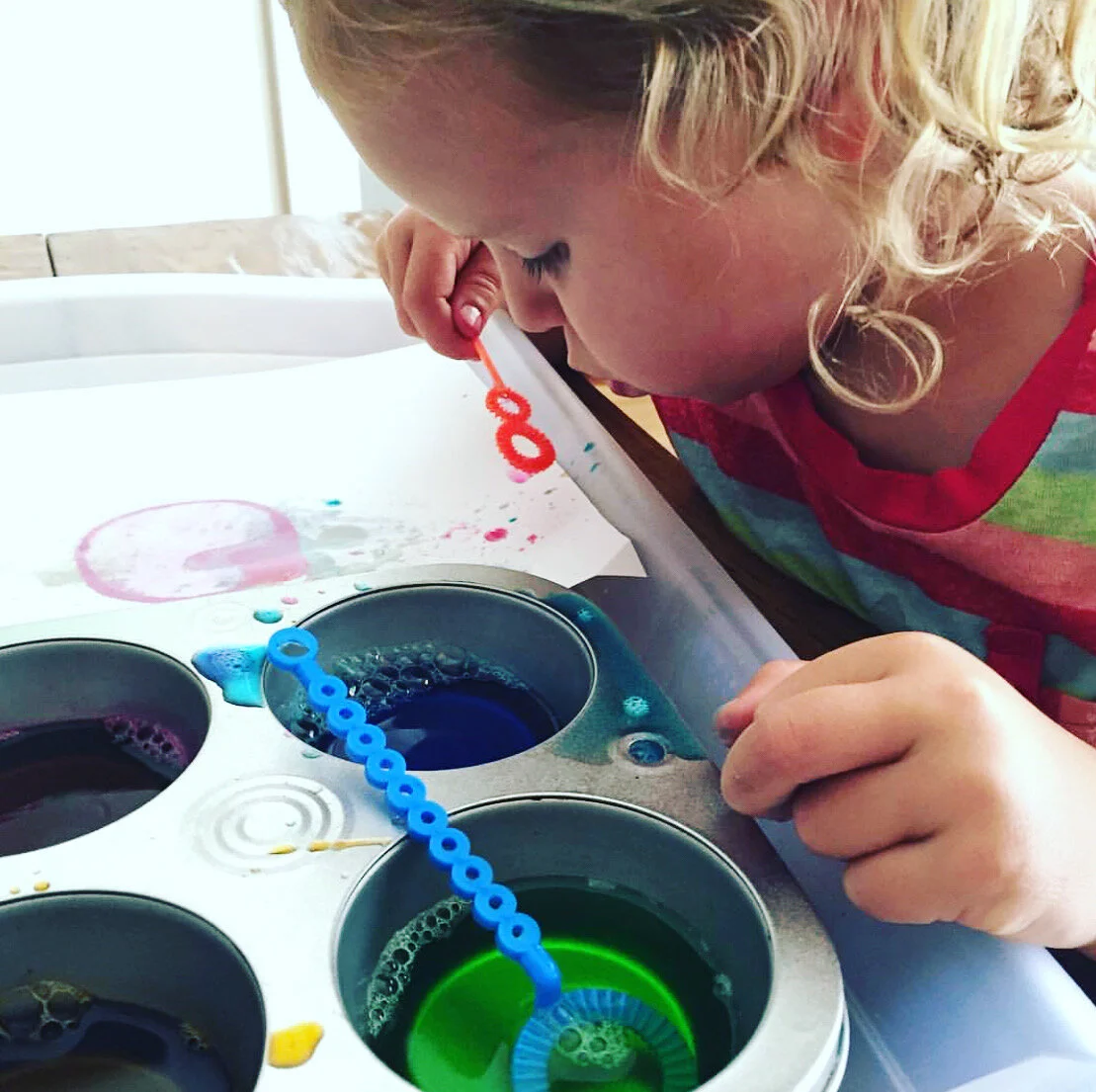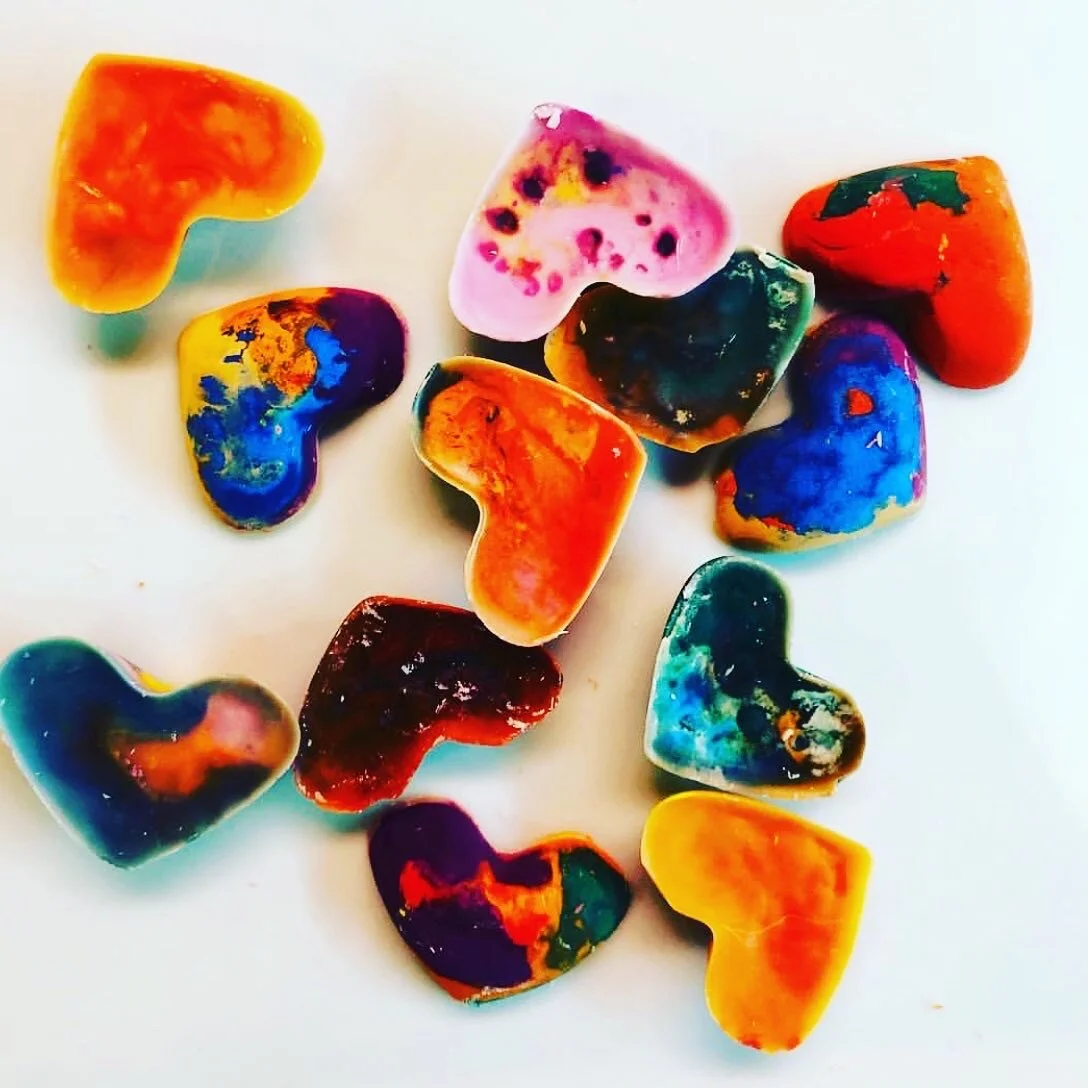Does your child hold their pencil in a way that you have never seen before?
Maybe you work with children who have difficulty holding a pencil or crayon with a mature grasp.
In my experience, more and more children are having difficulty holding a pencil with a functional grasp. I will outline what is considered a “functional” grasp, why it is important, and some ways to build hand skills towards using a more functional grasp.
So what is considered a “functional” grasp?
In short, a functional grasp allows dynamic movements of the thumb, index, and middles fingers for optimal fine motor control. Here is a brief anatomy lesson of the hand…
The intrinsic muscles lie within the hand and provide the graded movements necessary to coordinate the finger working against the thumb for tool use, dexterity, and in-hand manipulation skills. They allow the hand to close the fingers into the palm, open the fingers at the large knuckles, “fan” and close the fingers and control thumb movements. The extrinsic muscles originate outside of the hand and move the fingers and thumb into fully closed, fisted, and fully open positions. These muscles are important to the strength of the hand. The palmar creases in the palm of our hand also work to allow flexibility and opposition, working together with the muscles withinour hands.
This grasp does not allow dynamic movement of the intrinsic muscles of the hand
A commonly seen grasp on a writing instrument is one in which the webspace between the thumb and index finger is closed while the thumb is hyperextended and the instrument is stabilized by the index finger.
Instead, the thumb should be bent to facilitate an open webspace and the pencil resting in that webspace between the thumb and index finger. I have found that a verbal cue such as “make a mountain with your thumb” as well as modeling it, can help with that.
Here are some fun ways to strengthen the palmar arch to facilitate an open webspace..
Using tongs is a great way to “make a mountain” with your thumb, strengthen the palmar arch, and use both the intrinsic & extrinsic muscles of the hand! These were bought for just a dollar at a dollar store!
Picking up small items such as beads or cheerios and placing them on a pipe cleaner, dowel, or piece of spaghetti facilitates use of those same hand muscles we want to use when writing.
Pencil grips can be very helpful too to position the fingers in a more optimal position to open the webspace and facilitate small, controlled movements with the intrinsic muscles of the hands.
A built-up grip, like this foam grip, can be very beneficial to open the webspace and encourage flexion versus hyperextension of the thumb.
This pencil grip is fantastic for kids who have a tendency to hold the pencil stabilized in a joint of the finger instead of resting in the webspace. This pencil grip pulls the pencil into the webspace.
“Rainbow Loom” bracelets are a fun and beneficial way to use the small muscles of the hand and build the palmar arch!
Activities that require a power grasp such as squeezing a juicer, or holding a hammer are also helpful for strengthening the hands and fingers.
This is a great homemade pencil grip to provide a tactile cue to separate the sides of the palmar arch and encourage grasping the pipe cleaner with the pinky and ring fingers.
If you would like to learn more about fine motor activities and pencil grips, head over to this blog post!
*Note that some of the affiliate links provide a small commission.

